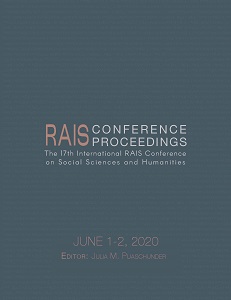STEM Teaching-Learning Communication Strategies for Deaf Students
STEM Teaching-Learning Communication Strategies for Deaf Students
Author(s): Ali Meghdari, Minoo Alemi
Subject(s): Language acquisition, School education
Published by: Scientia Moralitas Research Institute
Keywords: sign language; deaf community; science and engineering education;
Summary/Abstract: STEM Teaching-Learning Communication Strategies for Deaf Students Language is one of the most important features of humanity and an essential element of human existence. Sign language is a solution to meet the verbal and communication needs of the Deaf community as the many spoken languages meet the communication needs of the hearing community. Since unique skills and life experiences shape scientists, each researcher has their own perspective on research endeavors. Consequently, the diversity of life and cultural experiences among scientists has led to the expansion of research directions, and accordingly, to scientific inventions and discoveries. Deaf people, for example, have been successful prospects in scientific research and discoveries. However, the Deaf continue to face challenges in academic science and engineering education. Most Deaf students in Science, Technology, Engineering, and Mathematics (STEM) associate with professors who have little experience working with Deaf people and often lack an awareness of Deaf people and their culture. A lack of access to the necessary communication skills can often cause Deaf students to feel dissatisfied or unable to study basic science and engineering subjects. This paper attempts to provide some key solutions to support Deaf students in science and engineering using a descriptive-analytical approach, reviewing the evidence, opinions, and experiences of Deaf experts and scientists. In this study, we discuss potential topics for teaching and coaching research suitable to the Deaf academic environment, concerning the layout of class and chairs, and also point out the importance of Deaf/hard of hearing scientists in deaf-related research. In addition, we address the need and impact of general and specialized sign language instruction in university curricula to enhance the communication skills of interested graduates in the face of the Deaf community.
Book: Proceedings of the 17th International RAIS Conference on Social Sciences and Humanities
- Page Range: 47-55
- Page Count: 9
- Publication Year: 2020
- Language: English
- Content File-PDF

